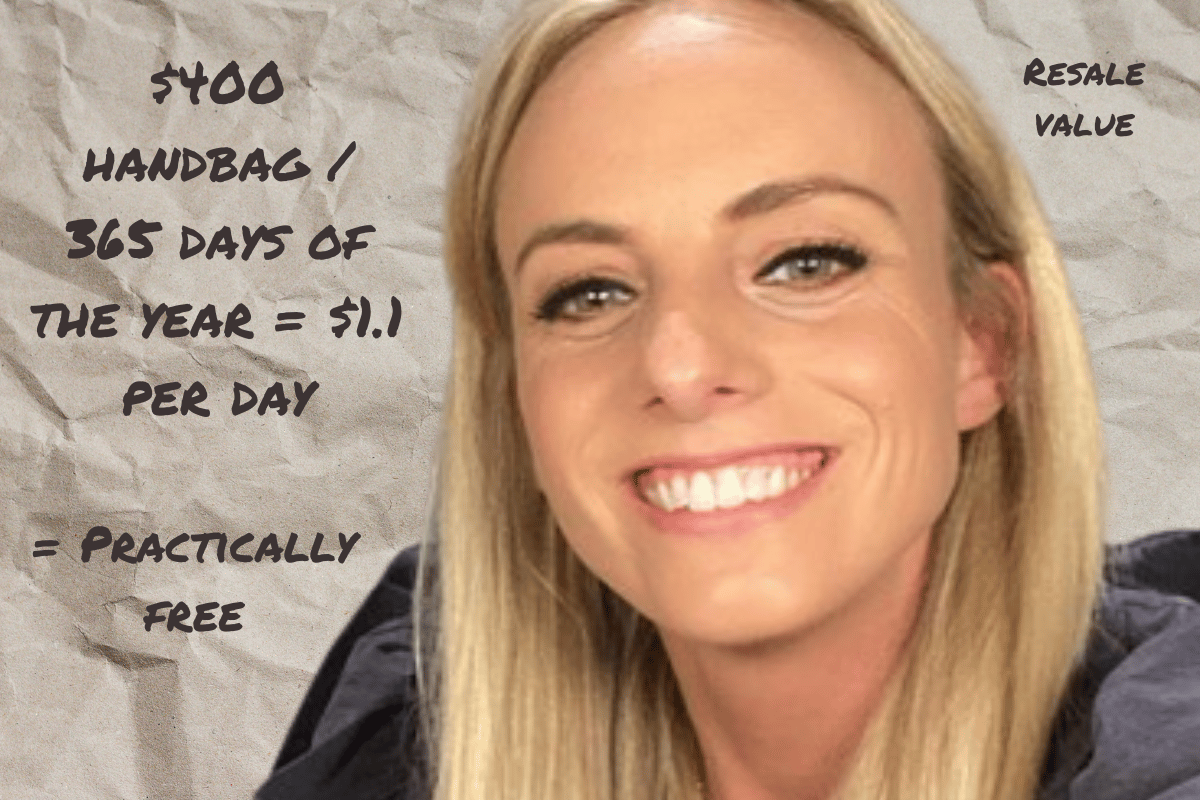
It's a handbag, and it's $300. It's simply too much money for a handbag during a cost-of-living crisis.
What if you're going to use that bag every work day, plus on weekends, plus as an overnight trip bag, plus as carry-on when you're travelling? It's multi-purpose. You'll have it for ages. It means you won't buy three shitty bags that keep falling apart.
You do the maths.
Over just one year, that $300 bag is really only 80 cents per day. Which is practically FREE. You might say you actually MADE money by purchasing the bag.
Financial advisors are screaming.
Economists are shaking.
That's not how it works, they say. You simply do not need the $300 handbag.
But it's Girl Math. And it's bulletproof.
Want to read more? Check out Elfy Scott's case... against (sort of) Girl Math.
I first came across this concept on TikTok, via a video from New Zealand radio show Fletch, Vaughan & Hayley. In one example, a woman named Andrea rang in, sharing that her hairdresser had told her she'd look great with some hair extensions for her wedding – at a cost of $400. But could she justify the cost?
@fvhzm #girlmath ♬ original sound - FVHZM
Host Hayley explained that if Andrea chose to save the $400 now, she'd look at the photos and always know she could've had extra strands of hair on her head. It would eat away at her for 10 years. So much so that she'd need to redo her wedding to get new photos, at which point we're looking at $40,000. So spending the $400 is ACTUALLY saving Andrea $39,600 in the long run. Wow. Flawless Girl Math.

Top Comments